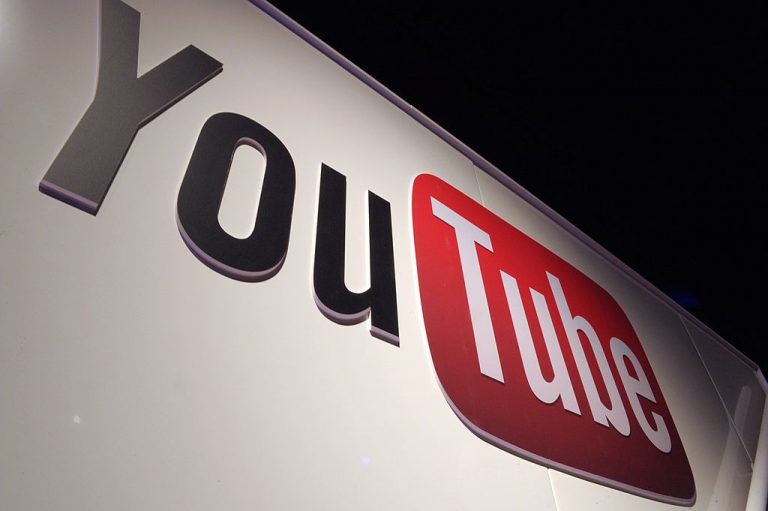
In a bold push to redefine digital advertising, YouTube has announced a new artificial intelligence tool called “Peak Points,” designed to target ads to viewers at moments of maximum engagement.
The move, unveiled during YouTube’s annual Brandcast event in New York, signals a deeper integration of artificial intelligence across the platform and a strategic bid by parent company Alphabet Inc. to enhance monetization.
The technology is powered by Google’s Gemini AI model, trained to analyze the structural and emotional flow of videos, examining frames, transcripts, and viewer behavior, to pinpoint the exact moments when a viewer is most captivated. Ads will then be delivered shortly after those moments, with the aim of capturing heightened attention and maximizing click-through rates.
Register for Tekedia Mini-MBA edition 19 (Feb 9 – May 2, 2026): big discounts for early bird.
Tekedia AI in Business Masterclass opens registrations.
Join Tekedia Capital Syndicate and co-invest in great global startups.
Register for Tekedia AI Lab: From Technical Design to Deployment (next edition begins Jan 24 2026).
A New Frontier in Emotion-Based Targeting
YouTube’s Peak Points tool reflects a growing trend in digital media: aligning advertising with emotional cues rather than just demographics or behavioral data.
Some analysts have likened it to a marriage proposal, noting that once the big ‘yes’ happens, that’s the peak moment—the viewer is emotionally invested. That’s when you hit them with an ad.
In this way, the platform intends to create a more psychologically responsive advertising strategy, which could give advertisers a measurable edge. Higher viewer attention typically translates into better ad performance, and for content creators, this could mean higher revenue.
YouTube’s ad ecosystem is largely driven by metrics like click-through rates (CTR) and watch time, both of which stand to benefit if Peak Points can keep viewers engaged even through interruptions.
The tool is currently in pilot testing, with a broader rollout planned for later in 2025.
The Technology Behind Peak Points
Gemini AI, Google’s latest large-language model, lies at the core of this initiative. It processes metadata and structural elements of each video, such as visual transitions, emotional tone in dialogue, and audience retention metrics, to map out where attention spikes occur. These “peak” engagement points are then earmarked as optimal ad slots.
YouTube says it has been refining the AI by analyzing massive troves of content across genres. The company hasn’t disclosed exactly how much data the system requires to make accurate predictions, but executives say the tool improves over time as it learns from viewer behavior.
This approach, known as AI-driven content segmentation, isn’t new in theory, but YouTube is the first major platform to apply it at this scale for advertising. It’s a far cry from the traditional pre-roll and mid-roll ad placements, which often interrupt videos indiscriminately, irrespective of narrative pacing or emotional weight.
Advertising Meets Emotion — But At What Cost?
While the new tool is generating buzz in advertising circles, it is also sparking concerns about the user experience. Many believe that inserting ads immediately after emotional high points could backfire.
“This is digital advertising at its most intrusive,” said a user in a popular Reddit forum reacting to the announcement. “Imagine a cancer survivor video, and right after the heartfelt recovery moment, you get a car commercial. That’s jarring, not smart.”
Some industry observers agree. While emotion-based targeting is effective in theory, it can erode trust if it feels manipulative or overly commercialized.
The backlash taps into a broader debate about the role of AI in shaping user experiences. As platforms like YouTube and Instagram increasingly integrate machine learning models to optimize revenue, questions are emerging about the consequences of prioritizing engagement over authenticity and mental well-being.
Alphabet’s Monetization Gamble
Alphabet Inc., YouTube’s parent company, is under increasing pressure to justify its investments in AI. With rivals like OpenAI and Meta aggressively pursuing AI-integrated services, Alphabet is leaning on its dominant platforms—Search, YouTube, and Android—to showcase practical AI applications.
The launch of Peak Points represents one such pivot. Advertising remains YouTube’s biggest revenue engine, generating over $40 billion annually. The Peak Points initiative could help grow that number, particularly as the company competes with platforms like TikTok, which has revolutionized mobile video consumption with short-form, addictive content that’s difficult to monetize effectively.
As of Thursday, Alphabet’s stock (GOOG) traded at $164.57, with a slight dip of -2.24 USD or -0.01% from the previous close. The company has a market cap of over $1.87 trillion, a P/E ratio of 16.9, and earnings per share of $9.15. While these figures reflect a stable valuation, the real battleground is innovation, and AI is the frontline.
Ethical Concerns in an AI Arms Race
The Peak Points launch arrives amid growing global concern that Silicon Valley companies are deploying AI-driven products faster than they can ensure safety or accountability. Several prominent tech figures, including former Google engineers and AI researchers, have warned that the race for monetization is outpacing discussions about consent, transparency, and fairness.
YouTube insists that Peak Points is designed to “enhance viewer experience by making ads feel more natural,” but the jury is still out on whether viewers will see it that way.
YouTube has not confirmed whether users will have an option to disable these ads or opt out of emotionally timed placements. As the pilot phase continues, user feedback is expected to determine how aggressively the feature is rolled out or modified.
YouTube has promised more updates on the tool’s progress later this year.



